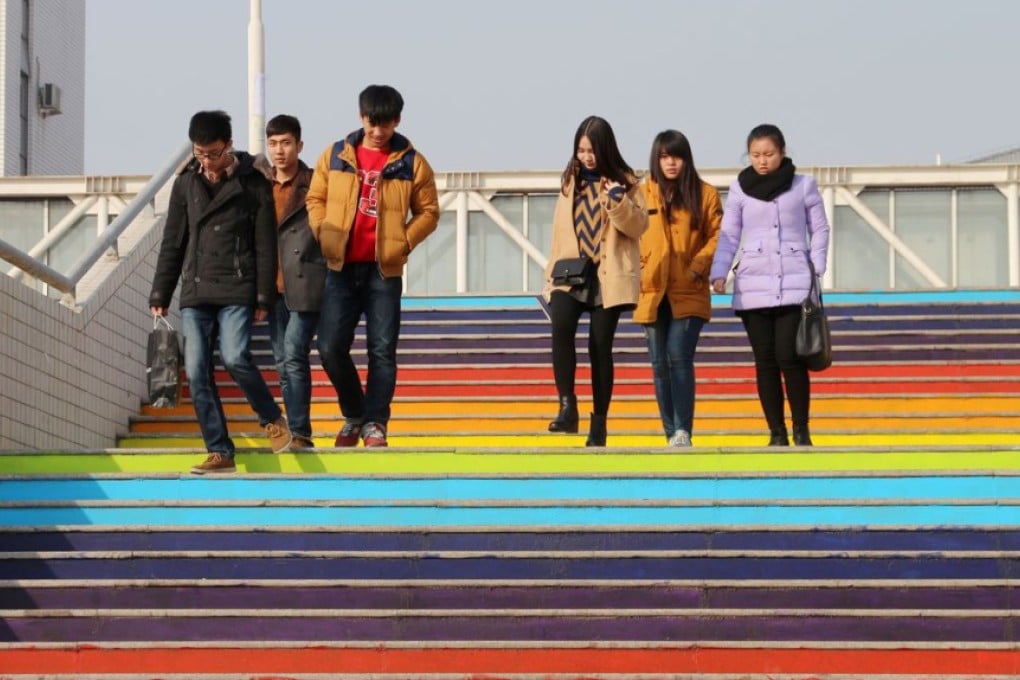Strategy lets campuses transform city
The mainland often revitalises its new cities, districts and towns with new university campuses. It is a logical strategy because an influx of students, faculty and staff can help to populate a newly developed area, instantly create a sizeable consumer base and encourage investment in shops and entertainment.

The mainland often revitalises its new cities, districts and towns with new university campuses.
It is a logical strategy because an influx of students, faculty and staff can help to populate a newly developed area, instantly create a sizeable consumer base and encourage investment in shops and entertainment.
Such developments get the community's service economy rolling, and help new cities and districts transition from being recently constructed wastelands into vibrant urban centres.
Longzihu College Park is a prime example of such a transition in the heart of Zhengdong New District in the east of Zhengzhou. Its construction began in 2003 when the entire 150 sq km of the new district were little more than fields. Now it is home to 15 university campuses that bring more than 240,000 students and staff into an area once called a "ghost city".
Many other mainland cities have stimulated their new districts in this way. Dachang township in northern Shanghai was just farms and villages in the 1990s until a new campus for Shanghai University was built there. For some years, it sat as a sterile outpost of progress, but eventually the streets began filling up with restaurants, bars, karaoke parlours, department stores and the standard fast-food and coffee chains.
In order to develop a population base in Nanhui, a completely new city located 60km from central Shanghai, the local government built 11 new university campuses in a row outside the downtown area, and these have since brought 100,000 students into an area that previously lacked much of a population.
